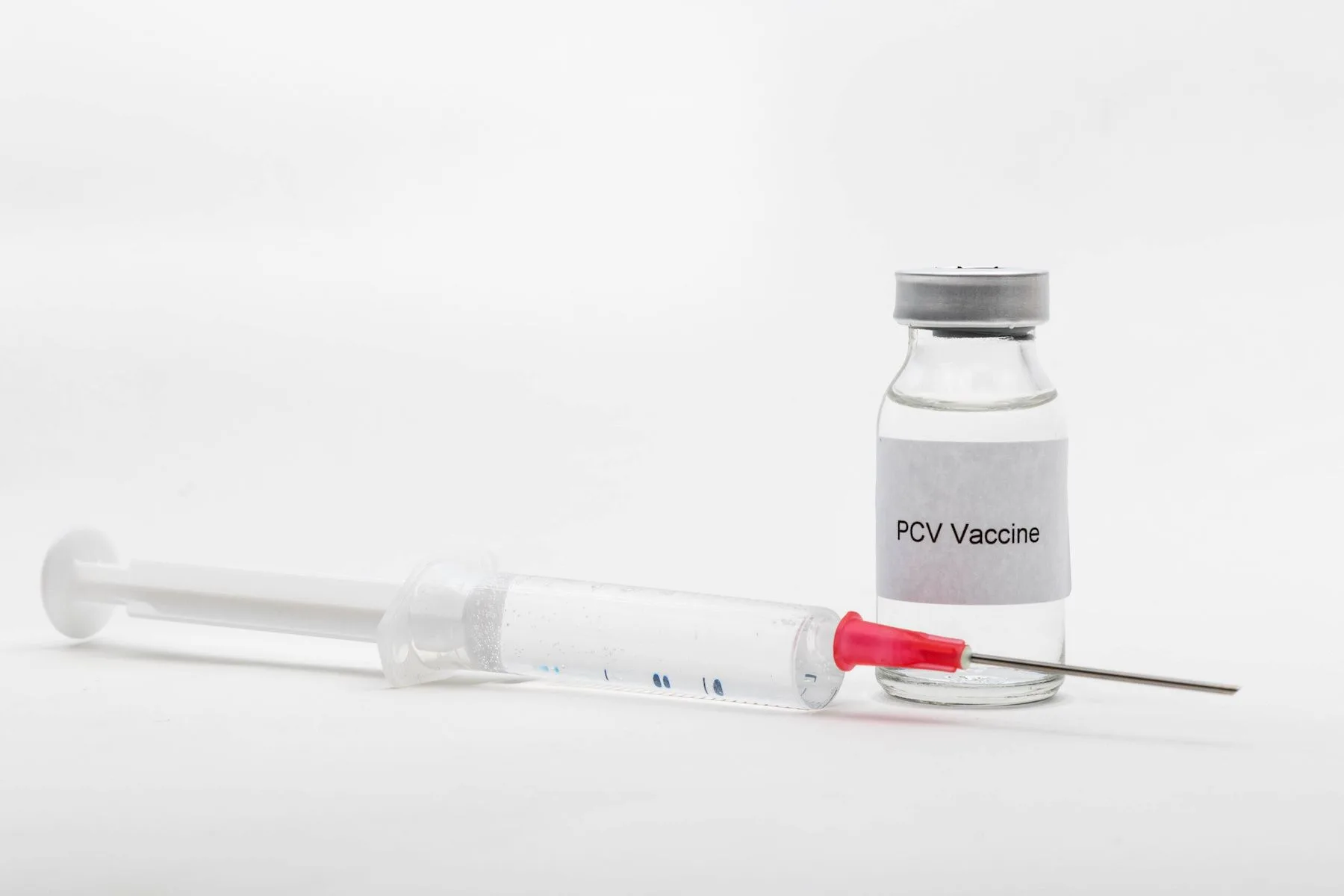Investigating the Impact of PCV10 on Pneumococcal Disease in Lithuania
A recent study delved into how the PCV10 vaccine has influenced the prevalence of different serotypes of invasive pneumococcal disease within the Lithuanian population. The research aimed to understand the vaccine’s effectiveness in altering the landscape of pneumococcal infections.
Understanding Invasive Pneumococcal Disease
Invasive pneumococcal disease (IPD) is a serious infection caused by the bacterium *Streptococcus pneumoniae*. It can lead to severe conditions like:
- Meningitis (inflammation of the brain and spinal cord membranes)
- Bacteremia (bloodstream infection)
- Pneumonia (lung infection)
The Role of PCV10 Vaccine
PCV10 is a pneumococcal conjugate vaccine that protects against ten different serotypes of *Streptococcus pneumoniae*. Vaccines like PCV10 are crucial tools in public health for preventing IPD, especially in vulnerable populations like young children and the elderly.
Study Objectives
The core objectives of this research were:
- To determine the distribution of IPD serotypes in Lithuania.
- To assess how the introduction of PCV10 has shifted the serotype distribution.
- To evaluate the overall impact of PCV10 on the incidence of IPD.
Key Research Findings
The study likely provided insights into which serotypes are now more or less common after the introduction of PCV10. This information is vital for informing vaccination strategies and understanding the long-term effectiveness of the vaccine. Researchers can use the data to adapt public health approaches to optimize pneumococcal disease prevention.
Implications for Public Health
Understanding the changing landscape of pneumococcal serotypes is critical for:
- Guiding vaccine development
- Informing vaccination schedules
- Monitoring the effectiveness of current vaccination programs
Final Words
This Lithuanian study contributes valuable data to the global effort to combat invasive pneumococcal disease. By tracking the impact of PCV10 on serotype distribution, researchers provide essential information for improving public health strategies and protecting vulnerable populations from these serious infections.




+ There are no comments
Add yours